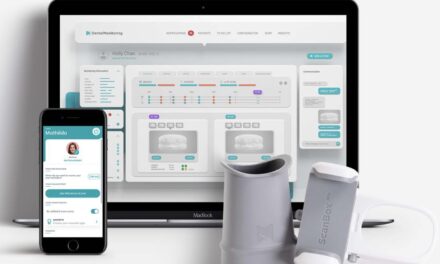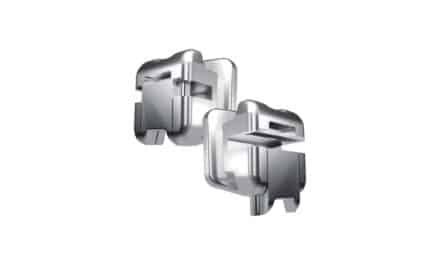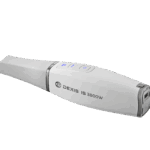 By Alison Werner
By Alison Werner
I would like to note the passing of Craig Andreiko, DDS, MS, a contributor to Orthodontic Products, who died in August. An assistant clinical professor of orthodontics at Loma Linda University, he spent 43 years with Ormco Corp, most recently as technical director for new product development. He is credited with many of the mainstays in today’s orthodontic practices, including anatomically based archforms, early light-force wires, braided archwires, and brazed mesh for weld-free pads on direct-bonded brackets. He also invented Orthos®/Titanium Orthos® and Insignia™ Advanced Smile Design. And his inventor spirit didn’t confine itself to orthodontics. Andreiko is credited with writing the code for and developing a catheter for Edwards Lifesciences that revolutionized heart therapy.
However, what stood out to me about Andreiko’s career was the number of people from the orthodontic community who had something to say about his positive impact on the field and the depth of his friendship. I was struck by how many of those names I knew.
A year into my tenure as editor of this magazine, I am still struck by how small and how close the orthodontic community is. Forget six degrees of separation. In the orthodontic community, it’s more like one degree of separation. I can’t count the number of times I’ve reached out to two separate orthodontists thinking they’ve never heard of each other, as they work in different parts of the country and attended different schools, only to find out they met up for lunch at a conference the week before or were just trading emails.
When we talk about community in this magazine, we are often talking about how you reach out to the community your practice serves to build your patient base and your business. But it’s become abundantly clear to me how important your peer community is to your ability to build your practice and have a successful career.
Whether you met during dental school, your orthodontic residency, an industry event, a CE course, or a study club, you have built a network. While you may have your own solo practice, you are never truly working alone. You turn to your peers for advice on the difficult cases, for recommendations on what equipment to invest in, and for lessons learned on everything from branding to opening a satellite office.
According to the American Association of Orthodontists, there are approximately 10,000 orthodontists currently practicing in the United States. This number is smaller than the enrollment at a fair number of universities and the population of many small towns. And what does this mean? It means that you are part of a small, niche community with whom you can build and share your career. OP


 By Alison Werner
By Alison Werner







